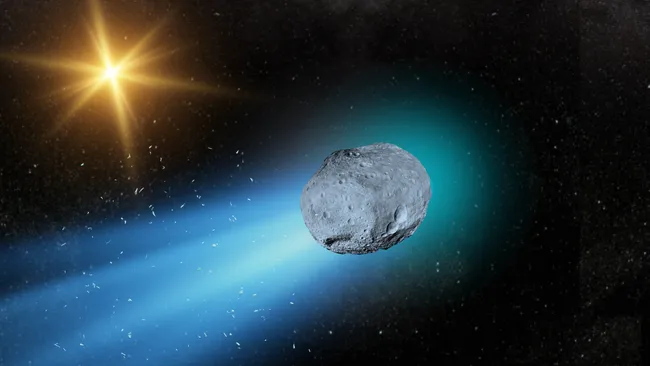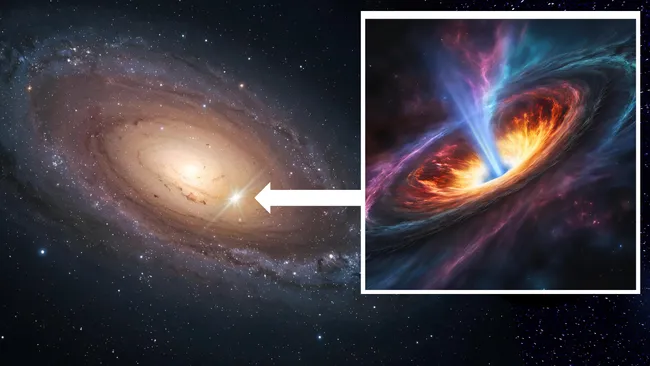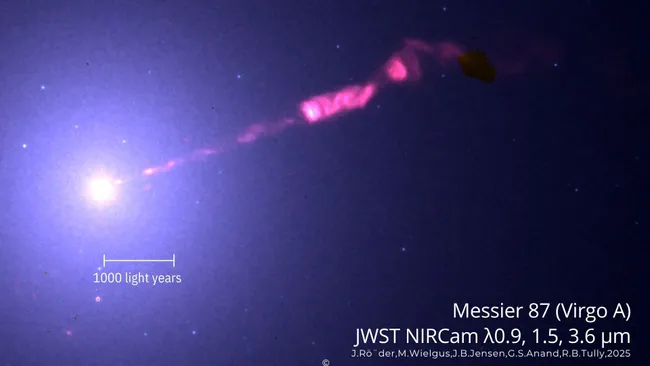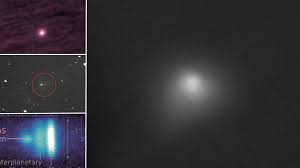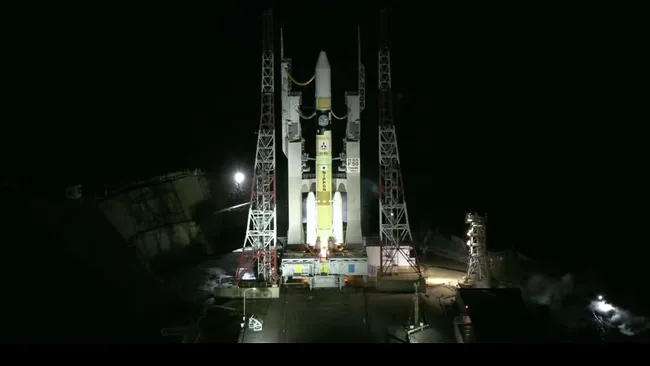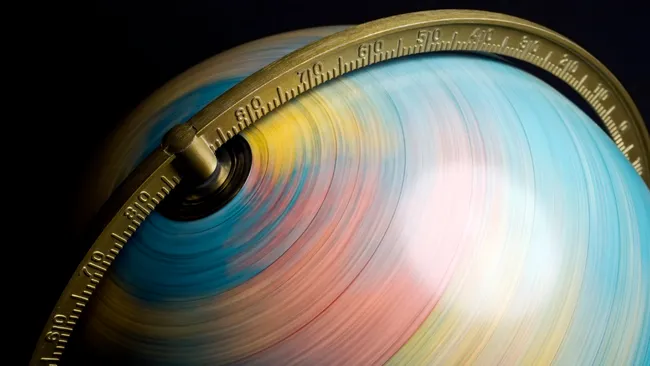A newly discovered cosmic visitor, 3I/ATLAS, might just rewrite what we know about the age of comets. Astronomers now believe this interstellar object could be 3 billion years older than our solar system, making it the oldest comet ever observed.
A New Interstellar Guest
Spotted on July 1, 2025, by the ATLAS survey, 3I/ATLAS is only the third known interstellar object to pass through our solar system—after 1I/‘Oumuamua (2017) and 2I/Borisov (2019). But unlike its predecessors, 3I/ATLAS may have originated from the thick disk of the Milky Way, a region populated by our galaxy’s most ancient stars.
Why It Matters
According to University of Oxford astronomer Matthew Hopkins, the unusual trajectory of 3I/ATLAS suggests it’s not just a one-off traveler—it likely formed around an ancient star over 7 billion years ago. This contrasts with typical solar system comets like Halley’s, which are no older than 4.5 billion years.
“This is probably the oldest comet we’ve ever seen,” Hopkins stated. “It’s from a part of the galaxy we’ve never had the chance to observe this closely.”
A Water Ice-Rich Relic?
3I/ATLAS may also be rich in water ice. As it moves closer to the Sun, solar heat is expected to trigger sublimation—the transformation of ice to gas—producing the classic glowing coma and tail seen in active comets.
Early observations already show signs of activity, suggesting that 3I/ATLAS is larger than both ‘Oumuamua and Borisov. That has excited astronomers eager to study what secrets this ancient object may reveal.
Telescopes Ready for Action
The Vera C. Rubin Observatory—poised to launch the 10-year Legacy Survey of Space and Time (LSST)—is among the many facilities watching 3I/ATLAS. The object was discovered just as Rubin prepared for first light, sparking hope that dozens more interstellar objects could soon be found.
“We might discover up to 50 interstellar visitors,” Hopkins noted. “3I/ATLAS may just be the beginning.”
Built for This Moment
The model used to trace 3I/ATLAS’ origins was developed by Hopkins himself as part of his doctoral thesis—a project he defended just a week before the discovery. He calls it the Ōtautahi–Oxford Model, and 3I/ATLAS was its perfect first test case.
“Instead of relaxing after my defense, I woke up to ‘3I!’ messages. This was the perfect opportunity to see our model in action—on something this rare and ancient,” Hopkins shared at the Royal Astronomical Society’s National Astronomy Meeting 2025 in Durham.
As the comet brightens in the sky, astronomers around the world are watching closely. If predictions hold true, 3I/ATLAS may illuminate not just our skies—but the story of how stars, planets, and comets formed in the earliest days of the galaxy.

